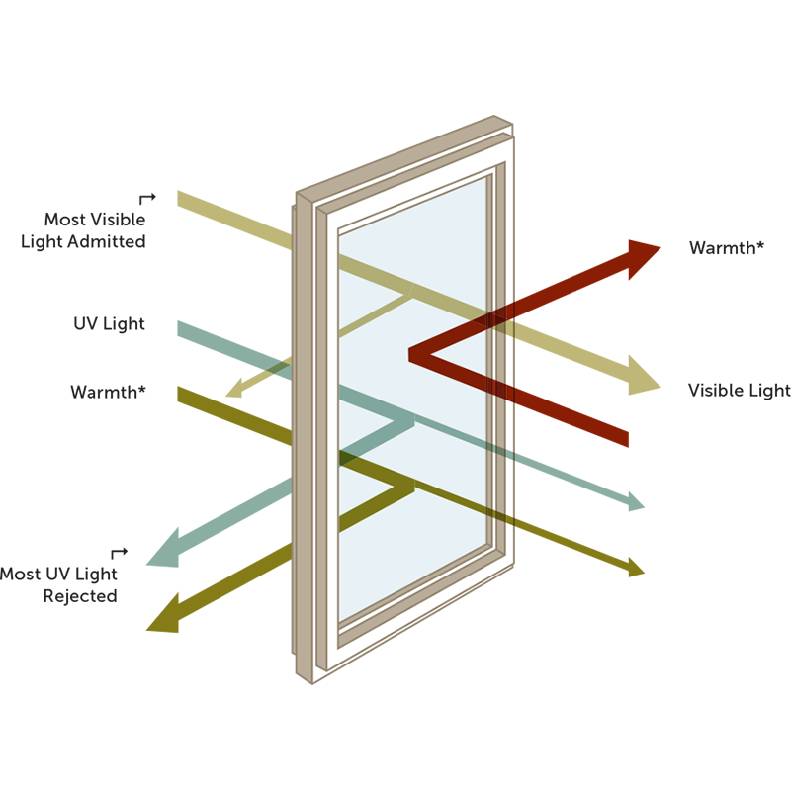

Understanding Insulated Glass Unit Costs A Comprehensive Overview
Insulated glass units (IGUs) are essential components in modern construction and renovation, providing superior energy efficiency, noise reduction, and weather protection. As the demand for energy-efficient buildings continues to rise, understanding the costs associated with these units becomes increasingly important for homeowners, builders, and architects alike. This article will delve into the various factors influencing the cost of insulated glass units and provide insight into how you can effectively budget for your next project.
What is an Insulated Glass Unit?
An insulated glass unit is composed of two or more glass panes separated by a space filled with argon or krypton gas, which serves as an insulating barrier. This construction significantly reduces heat transfer between the interior and exterior of a building, contributing to energy savings and enhanced comfort. IGUs can be used in a variety of applications, including windows, doors, and curtain walls, making them versatile for residential and commercial projects.
Factors Influencing IGU Costs
1. Type of Glass The cost of IGUs is heavily influenced by the type of glass used. Standard clear glass is the most economical option, while low-emissivity (Low-E) glass, which reflects heat and UV rays, tends to be more expensive. Specialty glass types, such as tinted, tempered, or laminated glass, also carry higher costs due to their additional benefits and manufacturing complexity.
2. Thickness of the Glass The thickness of the glass panes in an IGU impacts both the performance and the cost. Thicker glass provides improved durability and impact resistance but at a higher price point. The choice of thickness will depend on the specific requirements of the project and local building codes.
3. Gas Filling The space between the glass panes can be filled with either air or an insulating gas, such as argon or krypton. While filling with argon is common and cost-effective, krypton offers better insulation but at a significantly higher cost. The choice of gas filling will ultimately depend on the desired energy efficiency and budget.

4. Framing Options The type of frame used in conjunction with the IGU also contributes to the overall cost. Common frame materials include aluminum, vinyl, and wood, each offering different aesthetic qualities and energy performance levels. While aluminum frames are generally less expensive, they may not provide the same thermal performance as insulated vinyl or wood frames.
5. Size and Customization Standard-sized IGUs are typically more affordable than custom-sized units. If your project requires non-standard dimensions or special shapes, expect to pay a premium for custom fabrication. Additionally, features such as decorative grids, coatings, and finishes may incur additional costs.
6. Labor Costs Installation labor can vary widely depending on the region and complexity of the installation. Hiring experienced professionals for installation is advisable to ensure the integrity of the unit and maximize its energy efficiency.
Average Costs
On average, the cost of insulated glass units can range from $100 to $500 per window, including materials and installation. However, this range can fluctuate based on the aforementioned factors. For instance, a standard double-pane Low-E glass IGU might cost you around $300, while a triple-pane unit or one with specialized features could easily exceed $500.
Conclusion
In summary, understanding the costs involved in insulated glass units is crucial for anyone considering renovations or new construction. By considering factors such as glass type, thickness, gas filling, framing options, size, and labor, you can make informed decisions that align with your budget and energy efficiency goals. Investing in high-quality insulated glass can lead to long-term savings on energy bills and contribute to a more comfortable living or working environment. As energy efficiency becomes increasingly important in building design, IGUs offer a promising solution – one that is worth the investment for both sustainable living and economic savings.